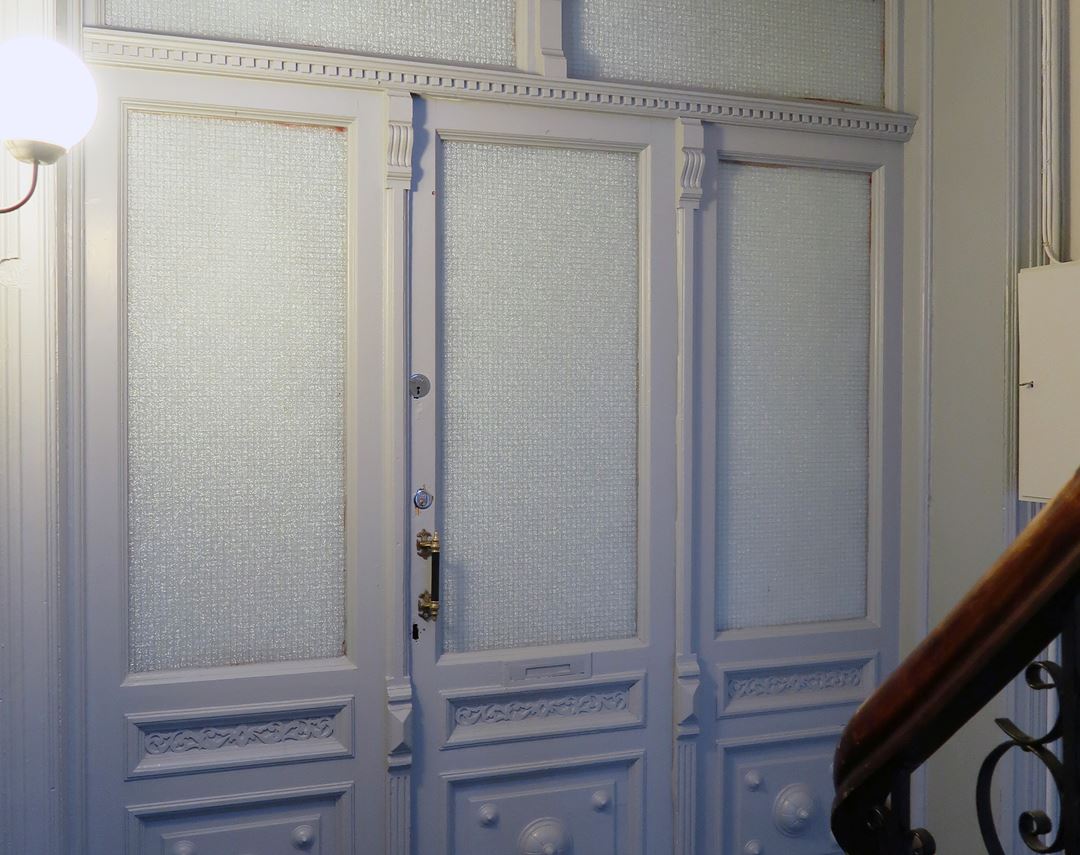Old wooden doors in cultural heritage buildings have historic value, but can be amongst the weaker points with regards to the fire safety of the building. It is therefore necessary to improve the fire resistance of the doors, but this is difficult to achieve without reducing the historic value.
However, a guideline from FRIC (The Fire Research and Innovation Centre) in Norway proposes how glass, protective boards, sealing lists, hardware and door frames can be mounted to the door in order to achieve a fire resistance of approximately 30 minutes.
The intended use of the guideline is when changing the door is not possible or desirable due to antiquarian reasons.
– Fire testing has given us new and valuable insight into how such doors can be upgraded. In addition, it is environmentally friendly to upgrade and reuse the doors instead of throwing them away and replacing them with new ones, says author and scientist at SINTEF, Anne-Marit Haukø.
Interventions should be as little intrusive as possible
These types of older doors typically have a thickness of 40-50 mm, with glass on the upper part and a thinner wooden door panel on the lower part. For antiquary reasons, the interventions on the doors should be limited and reversible if possible.
– We conducted a total number of four fire tests, with two small door models in each test. Various solutions for installing fire resistant glass, gypsum boards and sealing lists were tested, Haukø explains.
The main conclusions from the fire tests are:
- Glass must have a minimum fire resistance rating of 30 minutes (integrity and insulation) and be securely fastened with steel frames or steel angles.
- Thinner parts like fielded wooden panels can be upgraded with stone wool and 12.5 mm robust gypsum boards.
- Both intumescent strips and silicone gaskets must be mounted around the door leaf.
- The gap between the door frame and the wall must be sealed using stone wool and fire sealant.
RISE Fire Research, SINTEF and NIKU (The Norwegian Institute for Cultural Heritage Research) have had a close collaboration in this project, together with Trøndelag Brann- og Redningstjeneste IKS (TBRT).
Read more: Guideline – Fire resistance upgrade of cultural heritage doors and attend the FRIC webinar about the guideline November 7th at 11.00.
About FRIC
The Fire Research and Innovation Centre (FRIC) commenced in spring 2019. The aim is to increase the knowledge within fire safety to make optimal decisions and develop better solutions that provide increased fire safety in buildings. FRIC is led by RISE Fire Research in Trondheim, with NTNU and SINTEF as research partners.
FRIC has partners from public organisations, fire safety consultants, producers and suppliers of building products and building installations, and property development and management. The research centre is funded by all partners, in addition to funding from the Research Council of Norway, program Brannsikkerhet.



